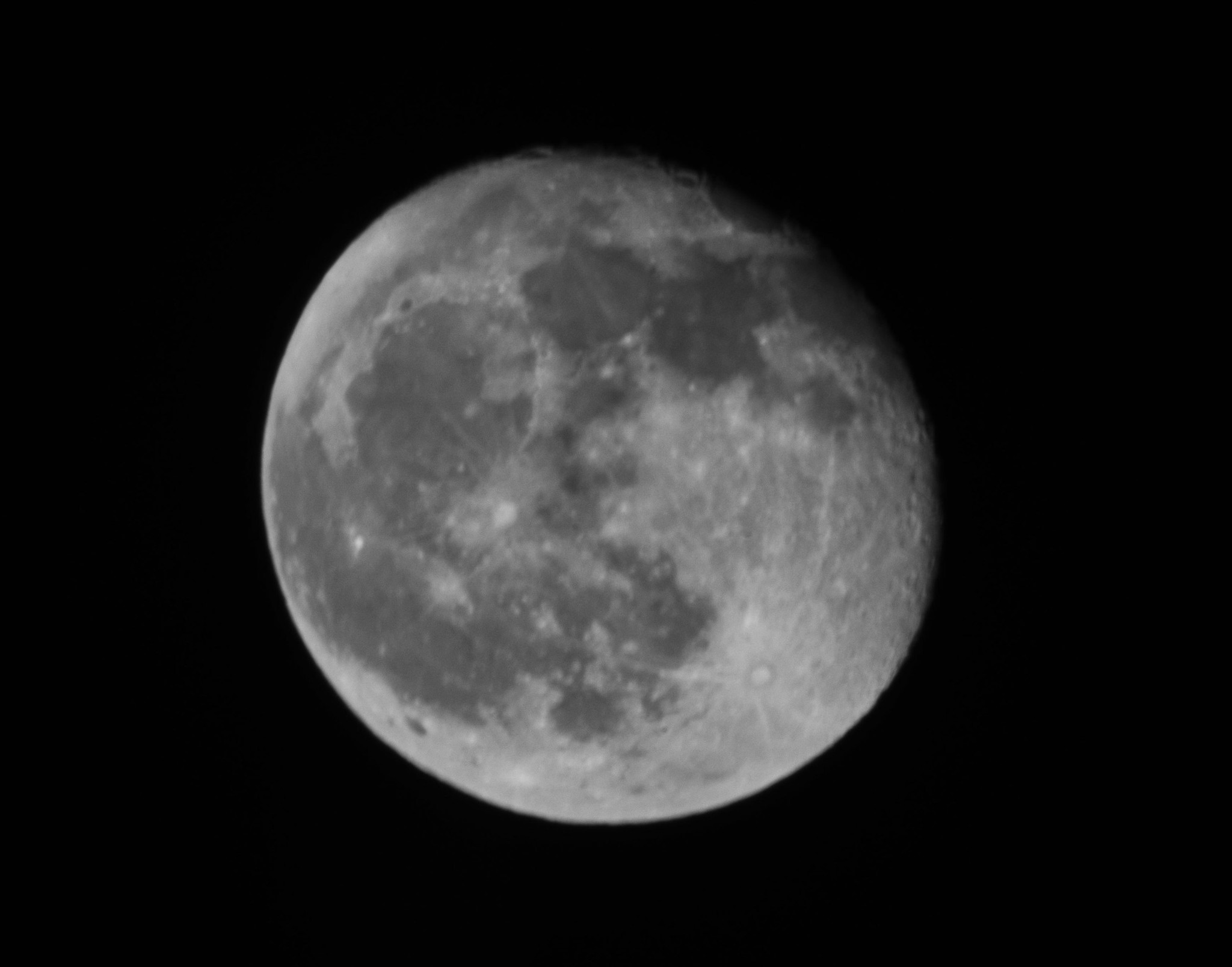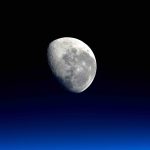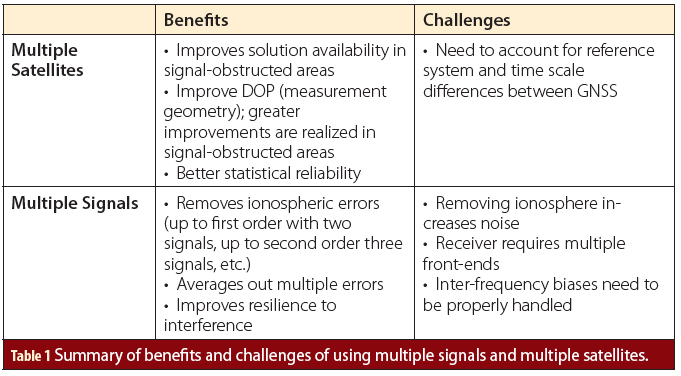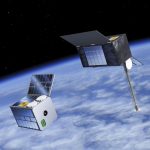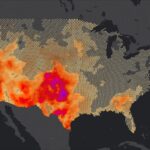Ansys says the latest version of its Orbit Determination Tool Kit (ODTK), which provides highly accurate spacecraft orbit estimates, is better suited to operating near the moon and in “cislunar space,” the region between the Earth and the moon where orbiting spacecraft are influenced by the gravity of both bodies.
“Spacecraft in that area behave quite differently,” Ansys Distinguished Engineer James Woodburn said in a Feb. 21 webinar. “…We have both the Earth and the moon gravity acting on things, and really, there’s no general solutions that exist” for estimating orbits.
Cislunar space is defined as space on the Earth side of the moon, or space above the altitudes used primarily for Earth-focused missions, such as by geosynchronous equatorial orbit (GEO) satellites.
Woodburn said traditional missions in cislunar space have relied heavily on tracking from Earth-based ground stations, but interest in other options is growing.
“Typically, missions in cislunar space have relied on Earth-based ground tracking for their navigation needs. However, there is a large increase in interest in going to lunar and cislunar space these days, and we have a limited number of ground stations that are capable of supporting those missions,” he said. “So, there’s a lot of interest in finding other ways to track these missions, including using our existing GNSS systems…using lunar-based ground stations, [and] optical navigation is something that’s of interest.
“People are basically looking for ways to track missions that either reduce or eliminate the involvement of [Earth] ground-based assets,” he said.
Version 7.6 of the ODTK includes the ability to perform Earth-based GNSS observations in cislunar or lunar space; supports moon-based GNSS systems; and extends measurement models to multi-body [Earth and moon] scenarios, he said.
“That’s really where the focus of the upgrades of version 7.6 of ODTK are. It’s looking out into the future, what are people looking at in terms of trade studies, what are the pieces of future lunar architectures that we need to support, and so forth?”
The upgrades build on previous attributes, “such as the ability to have lunar ground stations track lunar orbiters from the surface of the moon, to be able to estimate landers and their location after they’ve landed, and we even added a preliminary rover location estimation capability,” he said.
Previous versions of ODTK have seen operational use in lunar and cislunar space on a variety of missions, including IBEX, the Interstellar Boundary Explorer, a small satellite studying the solar system boundary layer from an Earth orbit; LADEE, the Lunar Atmosphere and dust Environment Explorer, which orbits the moon; Beresheet, Israel’s ill-fated lunar lander; and the Korean Pathfinder Lunar Orbiter, which is flying using ODTK now; and several others.
Another mission was the groundbreaking James Webb Space Telescope, which sits at the Lagrange 2 point in space. That isn’t cislunar space but has similar behavior, Woodburn said.

